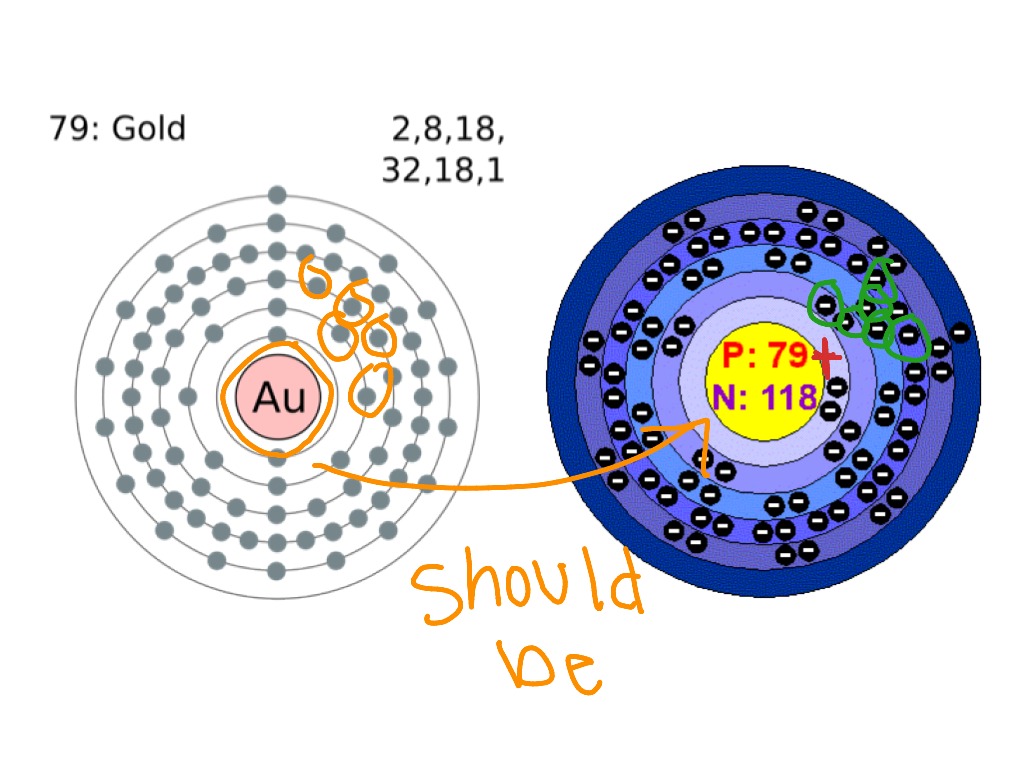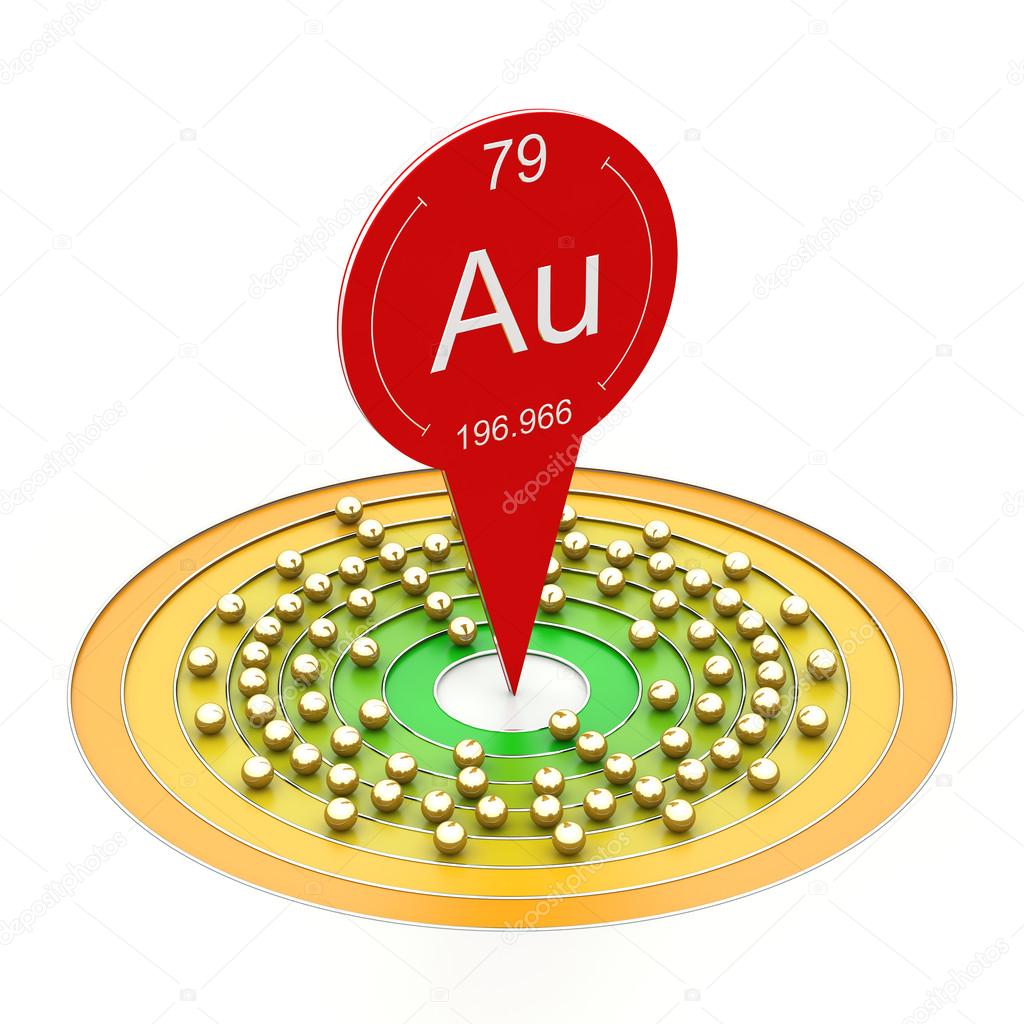

As animals eat the plants, or eat other animals that ate plants, the concentrations of carbon-14 in their bodies will also match the atmospheric concentration. All known elements are depicted on a chart called the periodic table of Elements. For example, hydrogen atoms have one proton, carbon atoms have six protons, and gold atoms have seventy-nine. As plants pull carbon dioxide from the air to make sugars, the relative amount of carbon-14 in their tissues will be equal to the concentration of carbon-14 in the atmosphere. The number of protons in an atom defines what element it is and therefore what chemical behavior it exhibits. And if you were to change the number of fundamental particles you have, you could change the properties of the element, how it would react, or you could even change the element itself. And depending- and they're actually defined by the arrangement of those fundamental particles. It is found in group 11 and period 6 and comes in the. Gold has valency 1 and 3 which are stable. Gold’s valency ranges from (-1) to +5, with +1 and +3 being the most frequent values. Man hand with hovering atom model hologram. The gold atom’s electrons per shell may be expressed more succinctly as 2,8,18,32,18,1.
#GOLD ELEMENT ATOM PROFESSIONAL#
These forms of carbon are found in the atmosphere in relatively constant proportions, with carbon-12 as the major form at about 99%, carbon-13 as a minor form at about 1%, and carbon-14 present only in tiny amounts 1 ^1 1 start superscript, 1, end superscript. A gold atom is made up even more fundamental particles. gold atom white background gold atom element periodic table Browse 382 professional gold atom stock photos, images & pictures available royalty-free.

For example, carbon is normally present in the atmosphere in the form of gases like carbon dioxide, and it exists in three isotopic forms: carbon-12 and carbon-13, which are stable, and carbon-14, which is radioactive. An atom is a particle that consists of a nucleus of protons and neutrons surrounded by an electromagnetically-bound cloud of electrons.The atom is the basic particle of the chemical elements, and the chemical elements are distinguished from each other by the number of protons that are in their atoms.


 0 kommentar(er)
0 kommentar(er)
